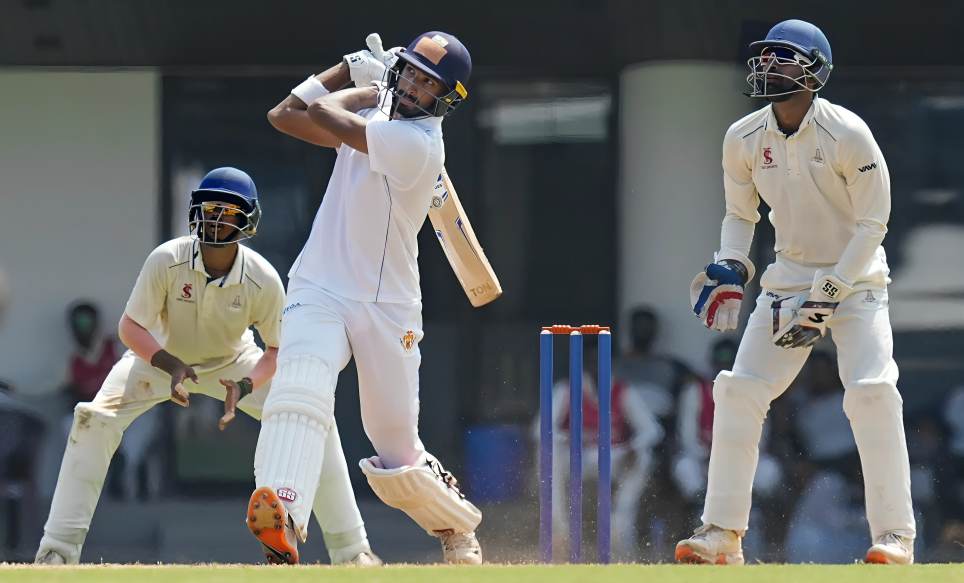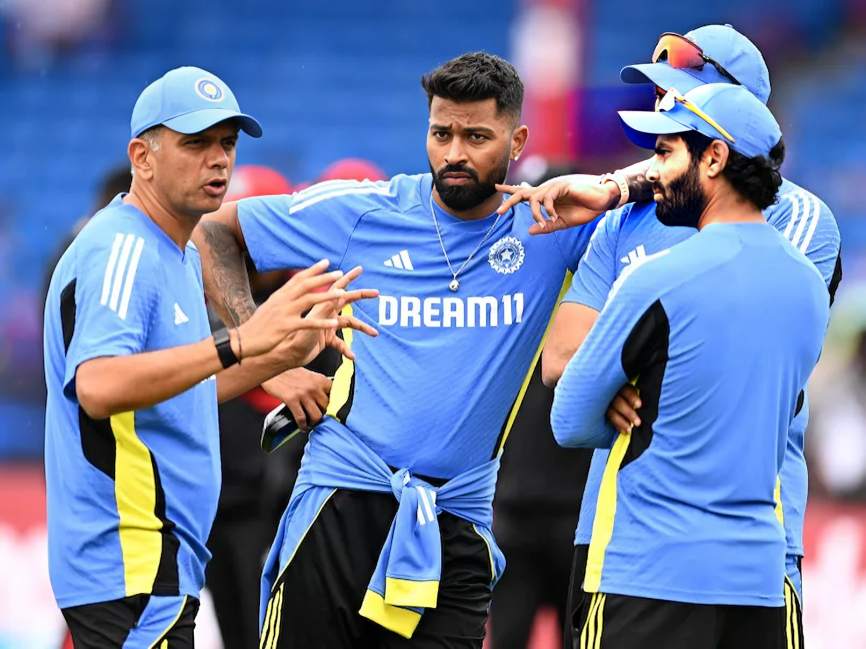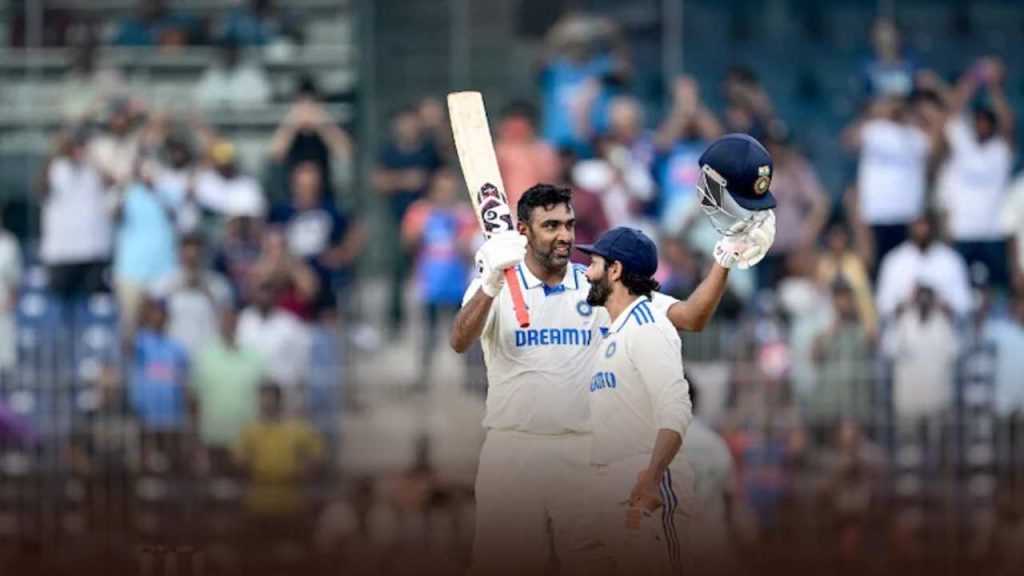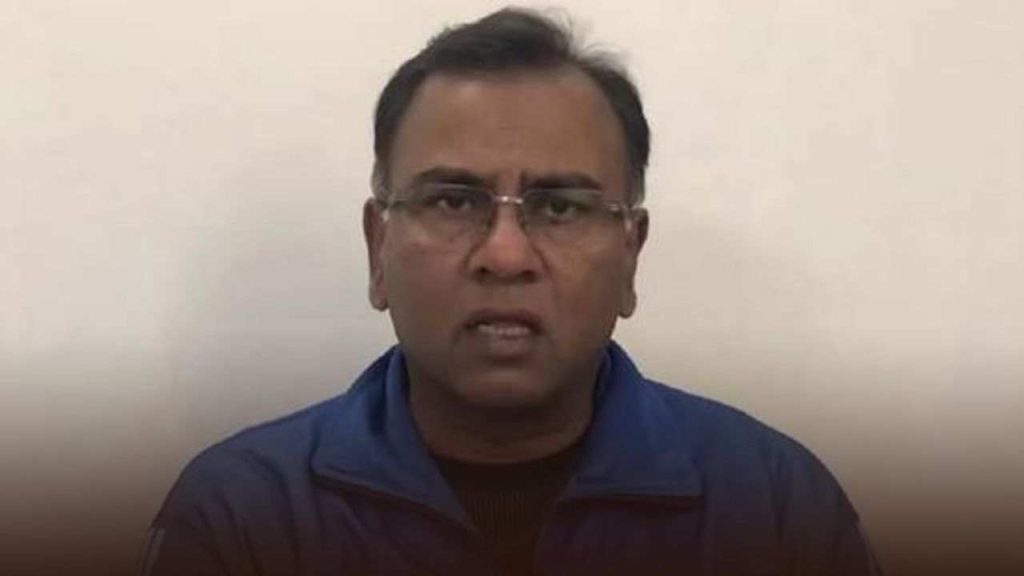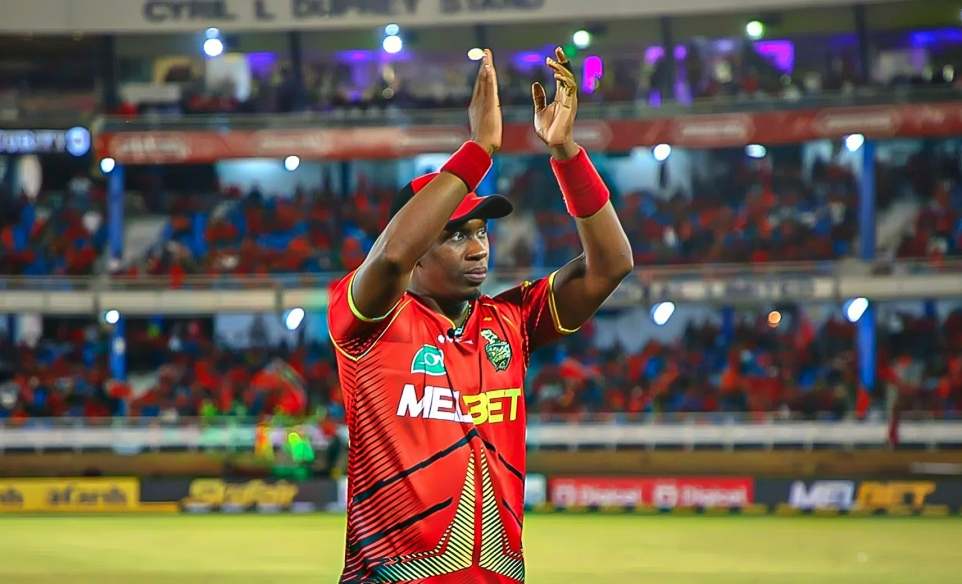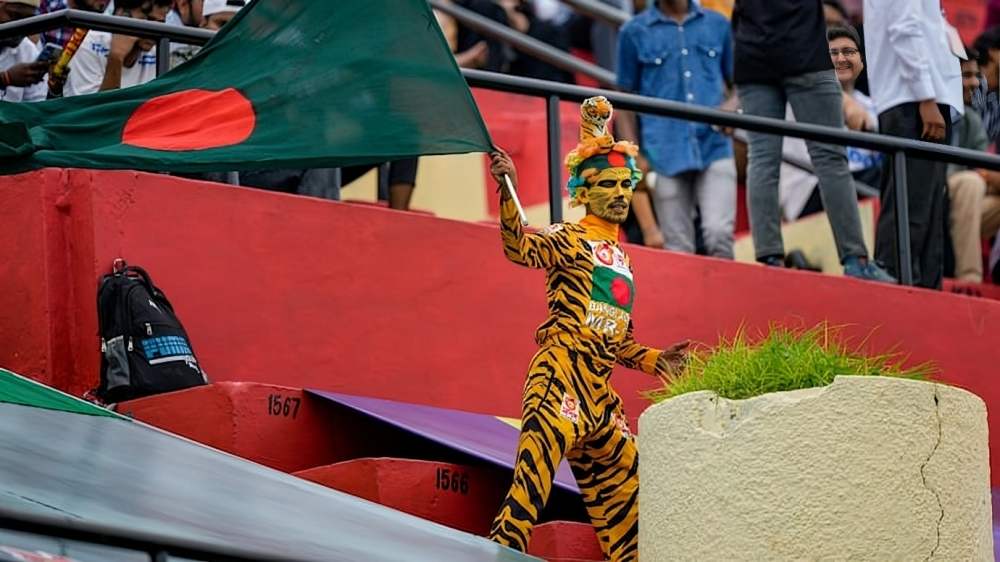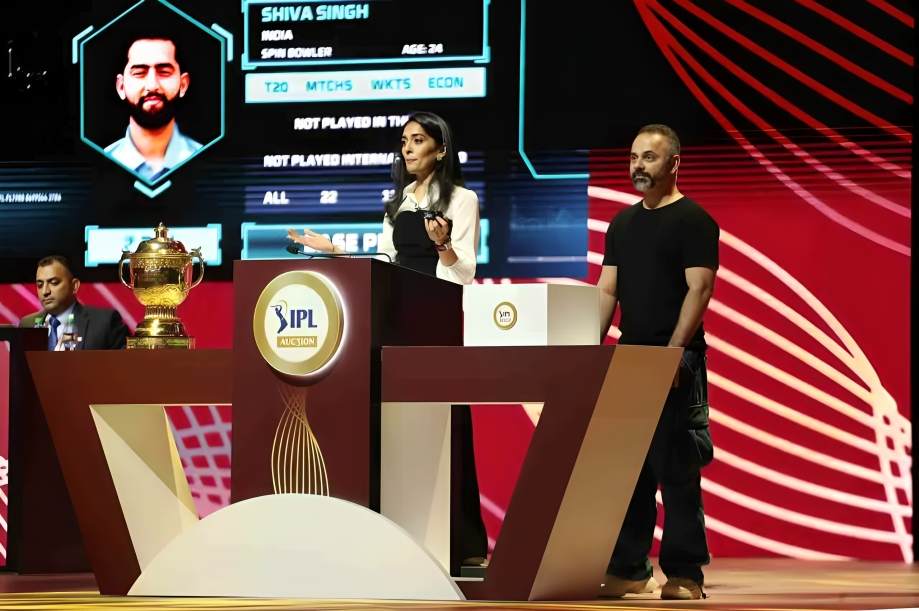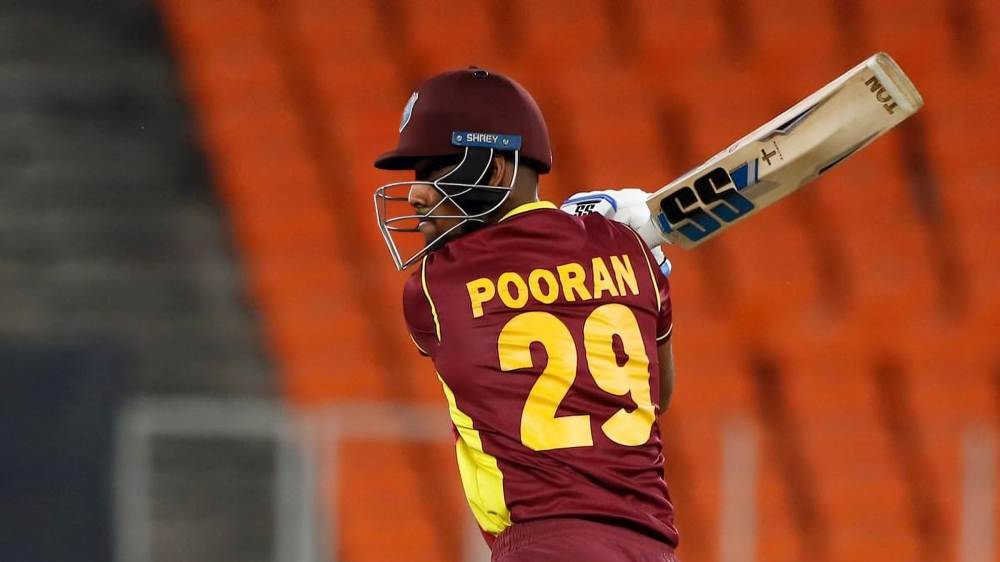Rules : Test cricket is considered the pinnacle of the game due to its strategic depth and duration. Unlike limited-overs formats such as One-Day Internationals (ODIs) and T20s, Test cricket is played over five days, offering a comprehensive test of skill, stamina, and tactics. Test matches follow a distinct set of rules that govern the flow of the game, ensuring fair play, and maintaining the essence of the sport.
In this article, we will go over the fundamental rules of a Test match, examining various phases, regulations, and nuances involved in this long-format cricket game.
1. Duration and Structure of a Test Match
A standard Test match is played over five days with each day consisting of 90 overs of play. The day is divided into three sessions:
| Session | Duration |
|---|---|
| Morning Session | 2 hours, with a 10-minute break |
| Lunch Break | 40 minutes |
| Afternoon Session | 2 hours, with a 10-minute break |
| Tea Break | 20 minutes |
| Evening Session | 2 hours |
The game consists of four innings (two for each team) with the following key phases:
| Phase | Description |
|---|---|
| Toss | The captains meet for the coin toss to decide whether to bat or bowl first. |
| First Innings | The team batting first takes to the field to score runs. |
| Second Innings | The other team bats while the first team bowls. |
| Third Innings | The team that batted second now bowls, and the first team bats again. |
| Fourth Innings | The second team bats for the last time to try to chase down the total. |
The team that accumulates the highest total runs after both teams have completed their two innings wins the match. If the match ends without a result, it is a draw, or in rare cases, a tie.
2. Toss and Team Selection
The match begins with a coin toss between the two team captains. The winner of the toss gets to choose whether their team will bat or bowl first. This decision is often influenced by several factors:
| Factors Affecting the Toss Decision | Explanation |
|---|---|
| Pitch conditions | A new pitch can favor fast bowlers; an aging pitch might favor spinners. |
| Weather conditions | Overcast conditions may favor swing bowling, while dry conditions could benefit spinners. |
| Team strengths | If a team has strong batting line-ups, they may prefer to bat first, while teams with potent bowling attacks might choose to bowl. |
3. Innings and Batting
In Test cricket, both teams have two innings. A team’s aim in their first innings is to accumulate as many runs as possible. Batsmen face the ball from bowlers, and they are dismissed in various ways:
| Dismissal Type | Explanation |
|---|---|
| Bowled | The ball hits the stumps, dislodging the bails. |
| Caught | The batsman hits the ball, and it is caught by a fielder or the wicketkeeper before it touches the ground. |
| Leg Before Wicket (LBW) | The ball hits the batsman’s legs in front of the stumps and is judged to have been on course to hit the stumps. |
| Run Out | The batsman is run out if the stumps are broken before the batsman returns to the crease. |
| Stumped | The wicketkeeper breaks the stumps while the batsman is out of his crease and not attempting a run. |
| Hit Wicket | The batsman accidentally dislodges the stumps with his body or bat. |
Batsmen aim to score runs by hitting the ball into the field and running between the wickets. If the ball crosses the boundary, it scores 4 runs if it touches the ground, or 6 runs if it crosses the boundary without touching the ground.
4. Bowling Regulations
Rules : The primary objective of the bowling side is to get the batsmen out and minimize runs. Bowlers must adhere to specific regulations during their deliveries:
| Bowling Rule | Explanation |
|---|---|
| Overs | A bowler can bowl a maximum of 1 over at a time (6 legal deliveries). A team is allowed a maximum of 90 overs per day. |
| No-Ball | A bowler must not overstep the crease while delivering the ball. If they do, it is called a no-ball. Additionally, certain types of deliveries like high full tosses and front-foot no-balls are also penalized. |
| Wide | If the bowler delivers a ball that passes too wide for the batsman to hit, it is called a wide. It counts as an extra run and is not counted as one of the 6 balls in the over. |
| Bowling Types | Bowlers are categorized as fast bowlers, swing bowlers, or spinners. A fast bowler bowls at high speed, a swing bowler makes the ball move in the air, and a spinner imparts spin on the ball to deceive the batsman. |
| Overarm Bowling | Bowling must be done with the arm not above the shoulder. Over-arm bowling is legal as long as it is within the rules of action and delivery. |
5. Fielding Regulations
| Fielding Rule | Explanation |
|---|---|
| Powerplays | There are no official “powerplays” in Test cricket, but captains can set any field they wish within the legal constraints. |
| Legality of Fielders | A fielder can be placed anywhere on the field, but there are restrictions on the number of fielders behind square on the leg side. No more than two fielders are allowed in this area. |
| Substitute Fielders | A player who is injured during the match can be substituted, but the substitute cannot bat or bowl. However, they can field. |
| Wicketkeeper | The wicketkeeper must stand behind the stumps and catch deliveries that the batsman does not hit. They may also be involved in run outs or stumpings. |
6. Follow-On Rule
Rules : If the team batting first gains a substantial lead (200 or more runs ahead in their first innings), the follow-on rule can come into play. The team that bats second can be asked to bat again immediately, rather than having to bowl.
| Follow-On Rule | Explanation |
|---|---|
| Conditions for Enforcing the Follow-On | The team that bats first must lead by at least 200 runs for the follow-on to be enforced. |
| Impact | The follow-on rule is meant to allow the team with a large lead to force a quicker result and possibly finish the match early. |
7. Declarations
Rules : In Test cricket, the batting side’s captain can choose to declare their innings at any time during their batting. The declaration is usually made to set a challenging target for the opposition or to create more time for dismissing the opposition.
| Declaration Rule | Explanation |
|---|---|
| Timing of Declaration | The captain can declare when they feel their team has enough runs on the board to set a challenging target for the opposition. |
| Strategic Importance | A declaration is often made when the batting team is comfortable with the number of runs scored but needs to give themselves enough time to dismiss the opposition. |
8. Time Limits and Breaks
Rules : As Test matches are played over five days, breaks are an essential part of the structure:
| Breaks and Time Limits | Explanation |
|---|---|
| Lunch and Tea Breaks | These breaks are taken between the sessions, giving players rest and recovery time. |
| Injury Breaks | Players can take injury breaks, but the game resumes once the injured player is ready. |
| Time Wasting | Teams that deliberately waste time (e.g., delaying the start of play) can be penalized by the umpires. |
9. Result of the Match
Rules : A Test match can end in several ways:
| Outcome | Explanation |
|---|---|
| Win | The team with the highest score in both innings wins the match. |
| Draw | The match is called a draw if neither team completes their innings within the allotted time, or due to weather interruptions. |
| Tie | A rare occurrence where both teams are dismissed in their second innings, and the scores are tied. |
Rules : Conclusion
Rules : Test cricket is governed by a strict set of rules and regulations that emphasize strategy, endurance, and skill. While the format is lengthy, the depth and richness of the game make it the ultimate test for cricketers. From the coin toss to the final day of play, every aspect of Test cricket demands patience, concentration, and precision. Understanding these rules allows players and fans alike to appreciate the complexities of the longest format of the game.



